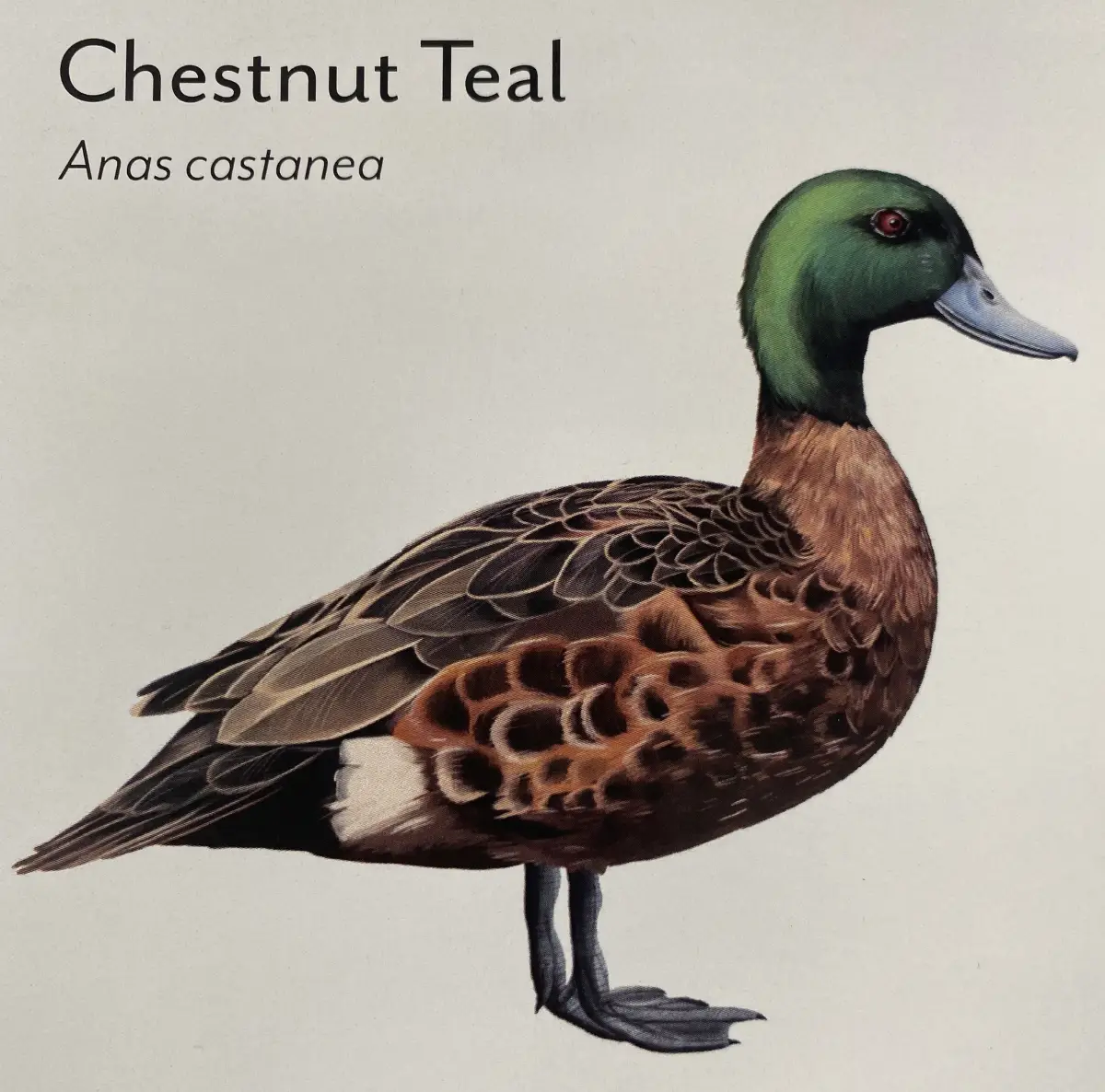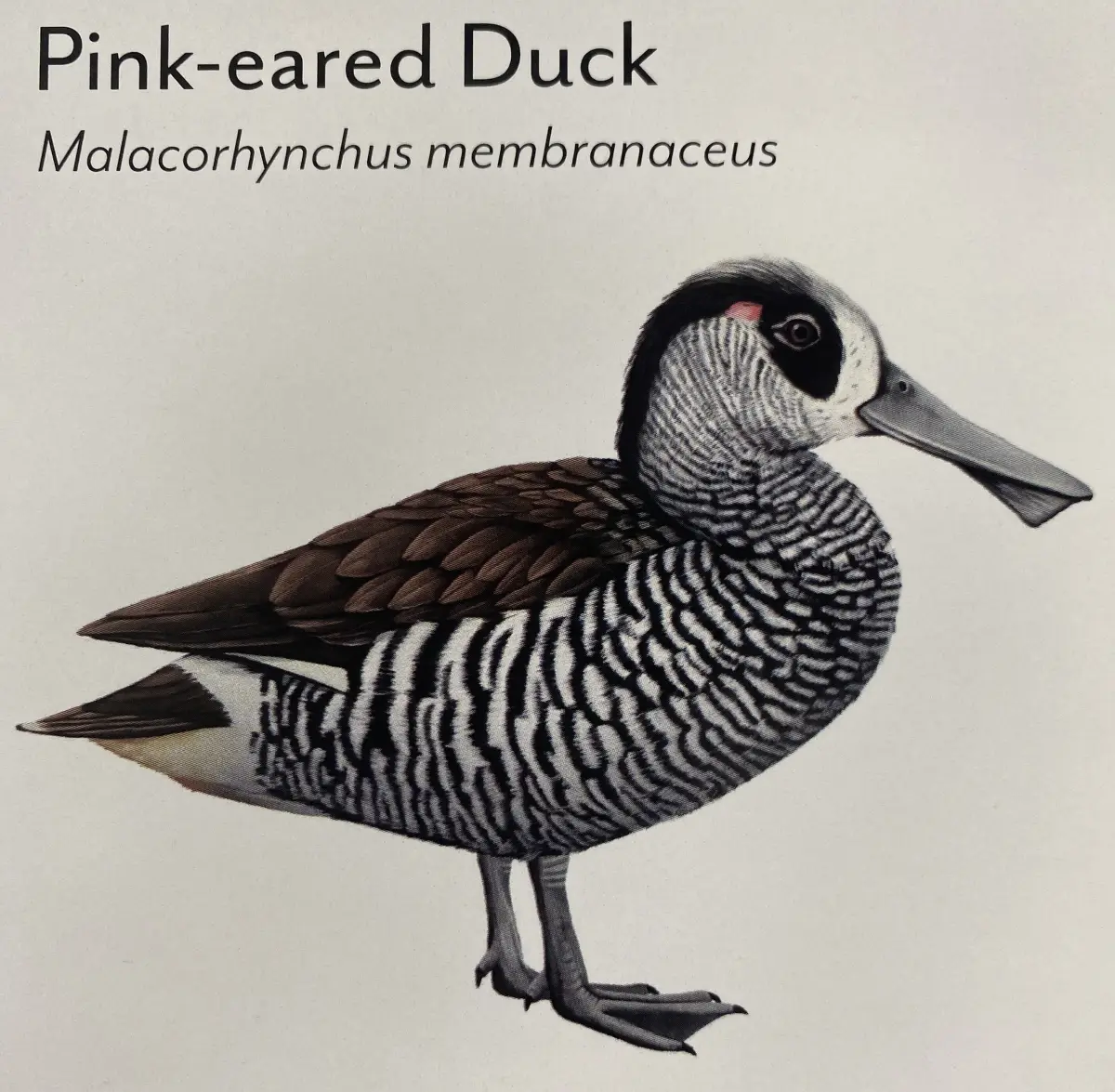TasPorts was delighted to support the Derwent Estuary Program at the launch of its 'Ducks of Tasmania' booklet at the Royal Botanical Gardens in Hobart.
The booklet, adorned with captivating illustrations by local artist Sam Lyne, highlights Tasmania's 11 native duck species. The goal is to educate the public about the diverse duck population in Tasmania, encompassing both native and feral species, while also promoting responsible behaviours towards our local waterfowl.
Collaborating with local councils, duck experts, and government agencies, the Derwent Estuary Program is actively addressing the challenges posed by large groups of introduced ducks.

